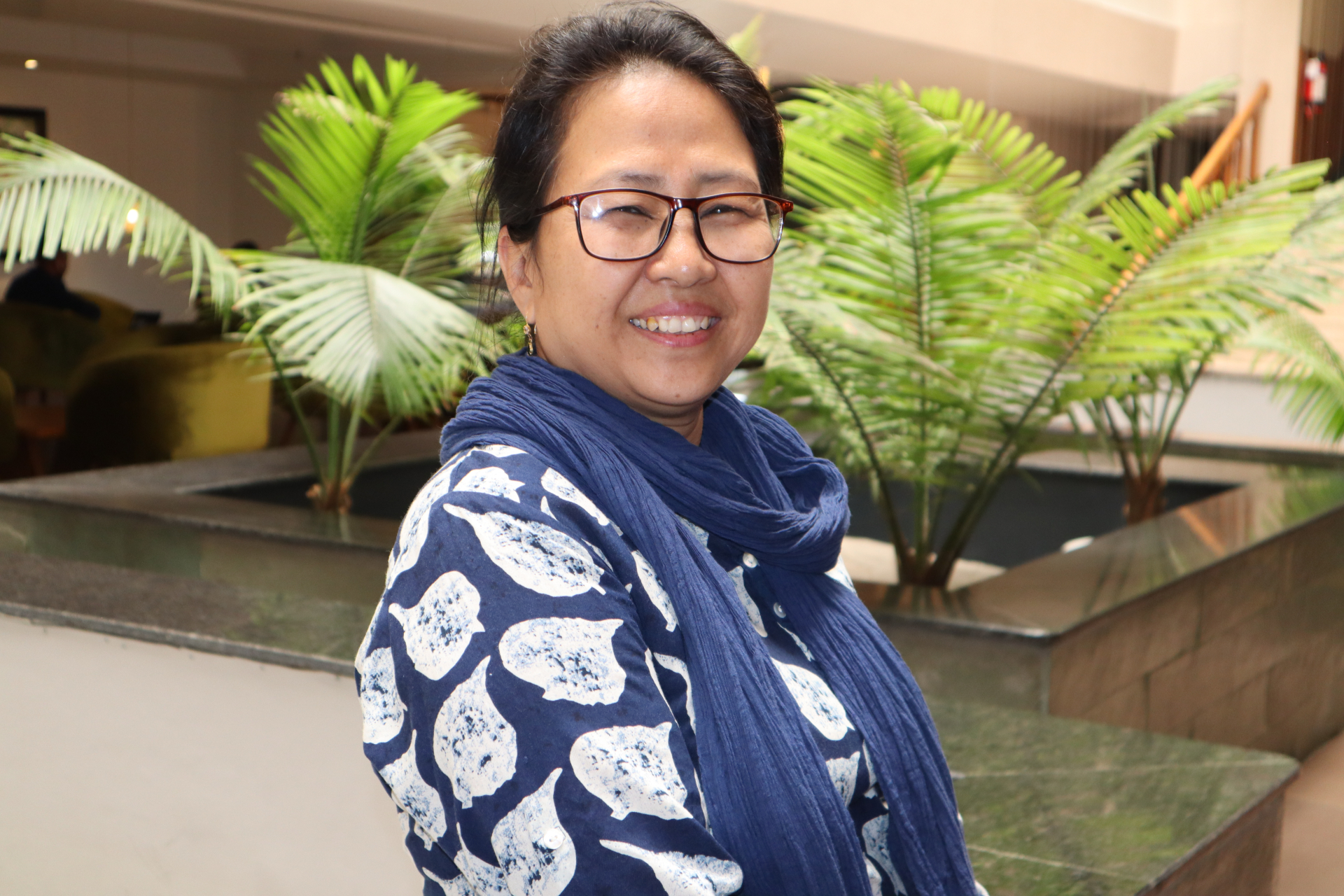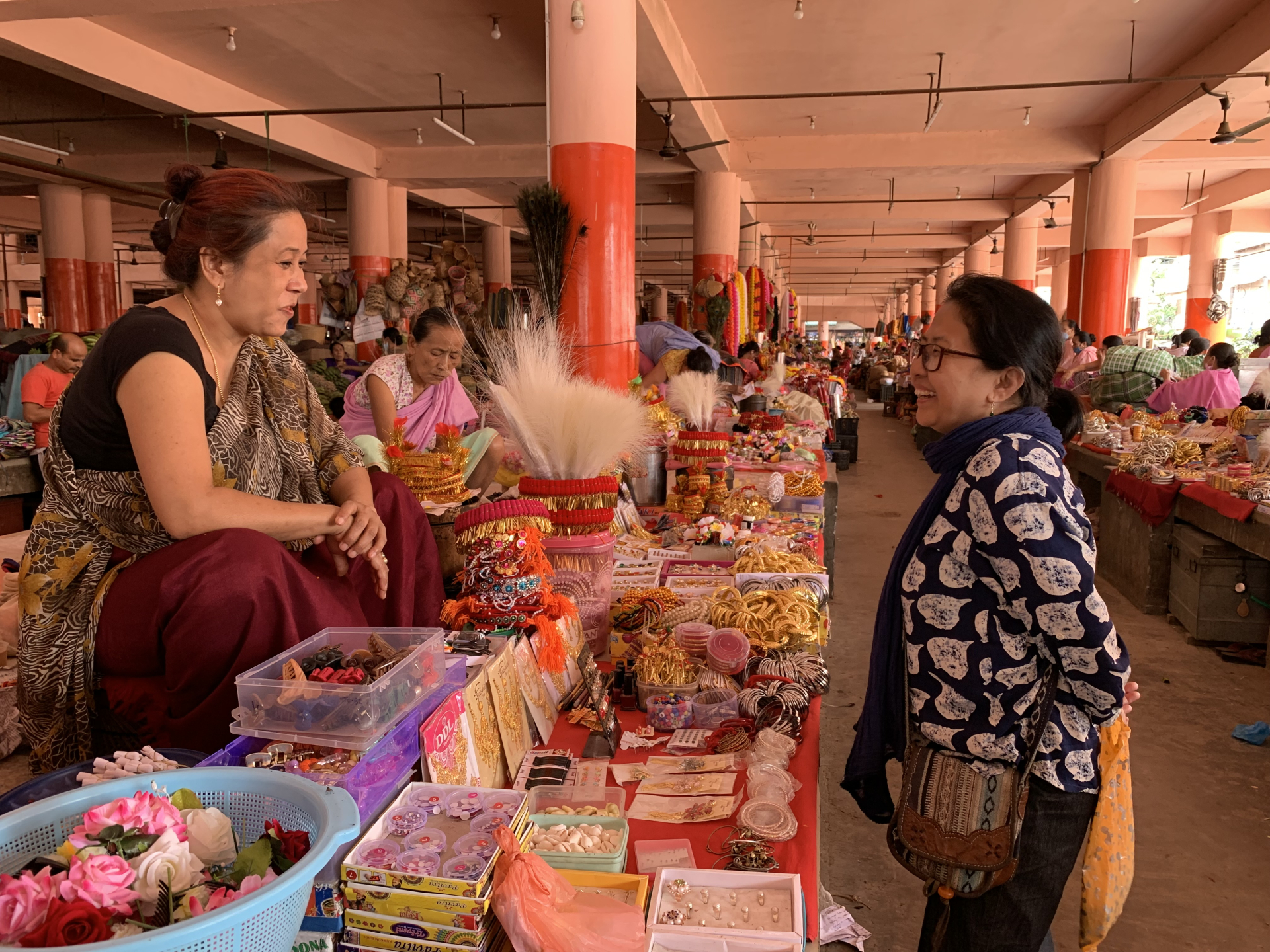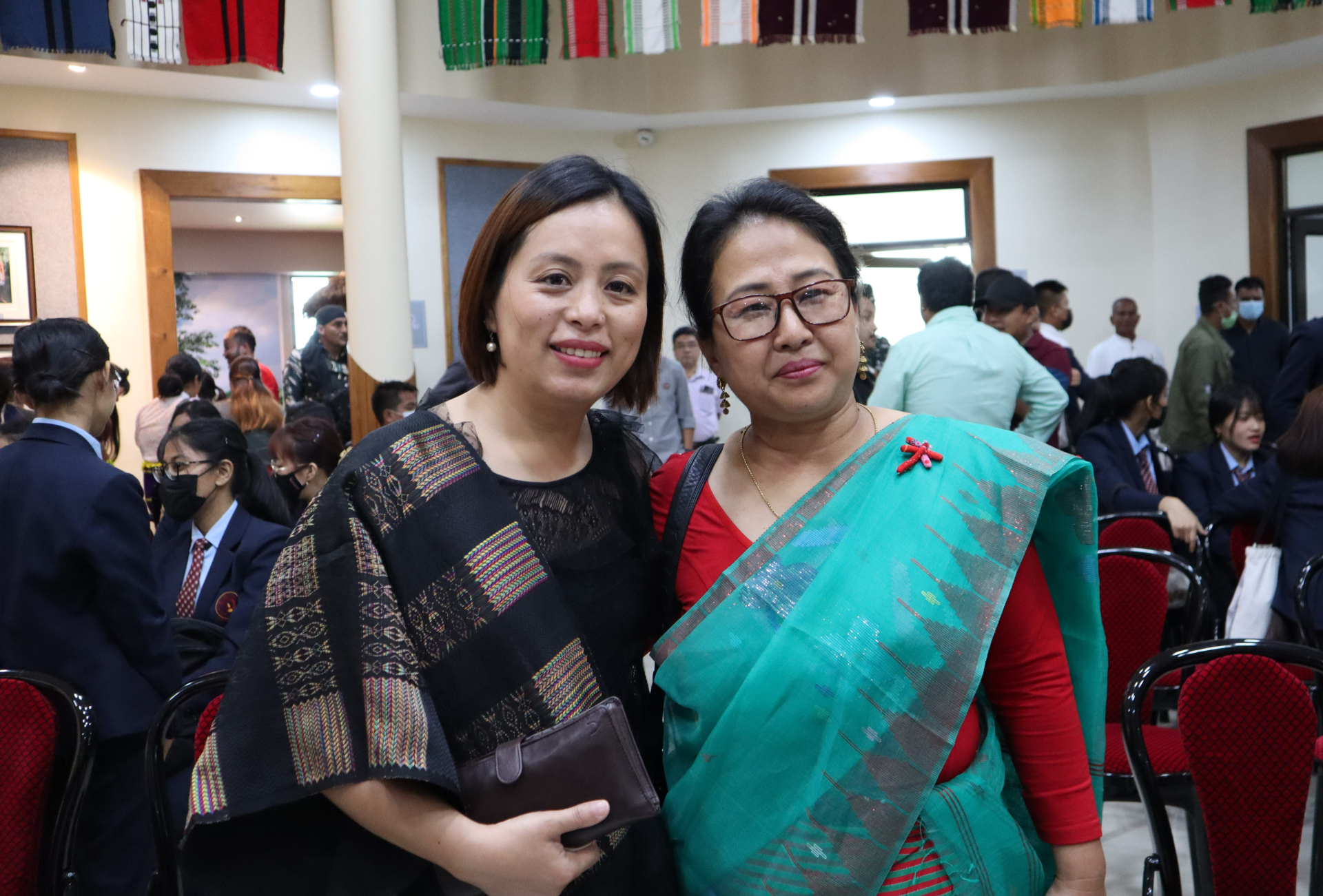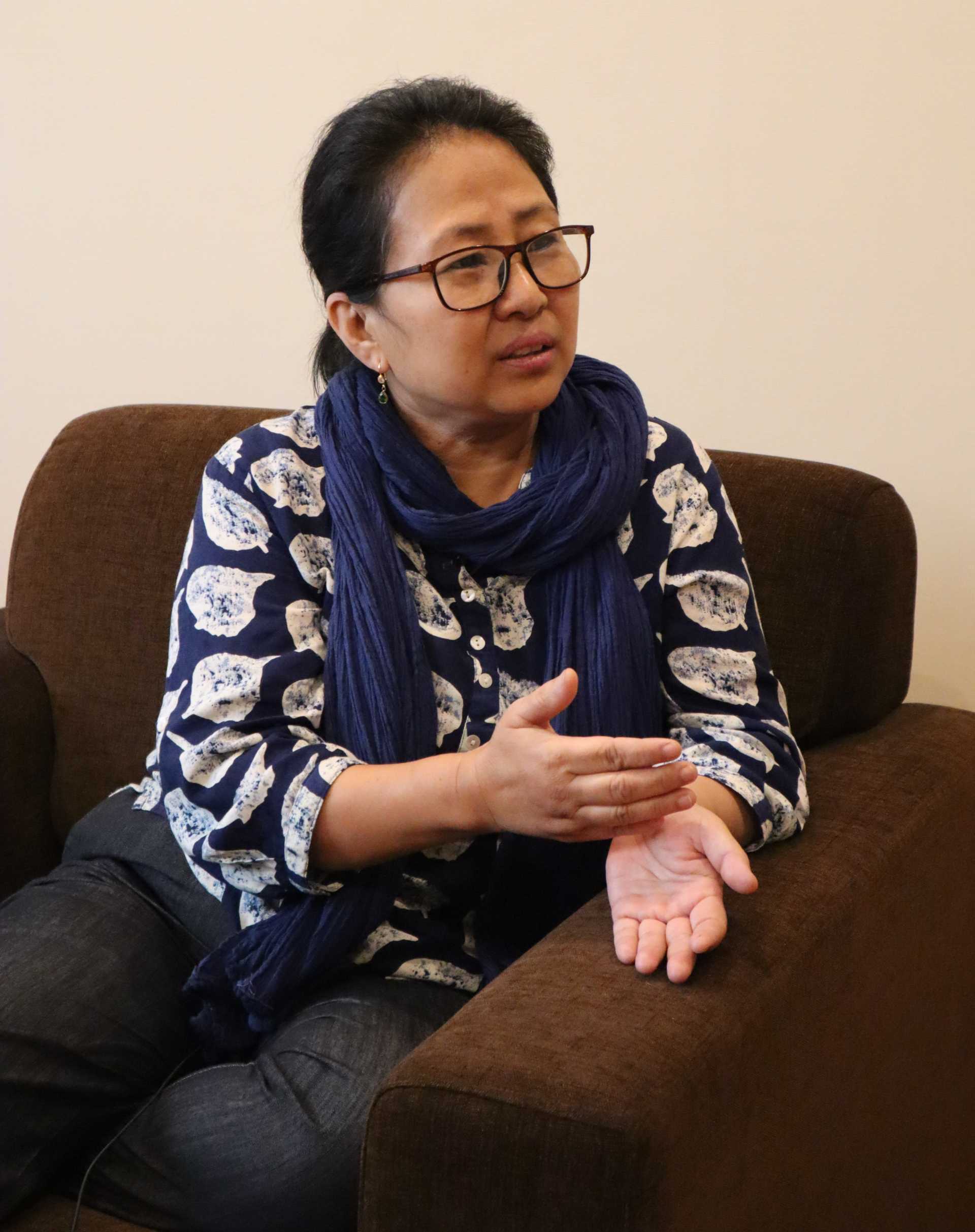How did you become involved in this documentation project?
When I was growing up, I used to hear many stories from my grandmother. She would tell us fairytales and folktales, but we also heard her mention the Japan War. The elders in the community also used the Japan War as a marker of time. They would say, “that person was born before Japan War or after the Japan War,” or “this house was built before Japan War or after the Japan War.” Within my own locality, we used to have many ponds that provided water, and the elders would tell us that those ponds were dug by the bombs.
Even though the Japan War was mentioned by the elders, people in my generation didn’t have a proper understanding of the Japan War and its impact. At school, there were chapters in our textbooks about the First World War and Second World War, but our connection with the war was not made clear to us and we didn’t understand how these events were important in Manipur.
After I became an adult and got married, I started thinking that there are many of these kinds of stories that need to be recorded. My grandmother passed away before we could hear the full story from her, so I planned to meet with my eldest aunt, who also experienced the Second World War. While I was making my plans, my aunt also passed away.
At that time, I came across another book also written by Khuraijam Nimaicharan about his experiences, titled The Second World War In Manipur And My Childhood. This was the only book available on the subject, and not a lot of people knew about it. I also realized that this book was written from a man’s point of view, and I thought that women must have a different story to tell, because women’s experience is always different from that of men. This is where my dream of recording Second World War stories, especially from a women’s point of view, began.



